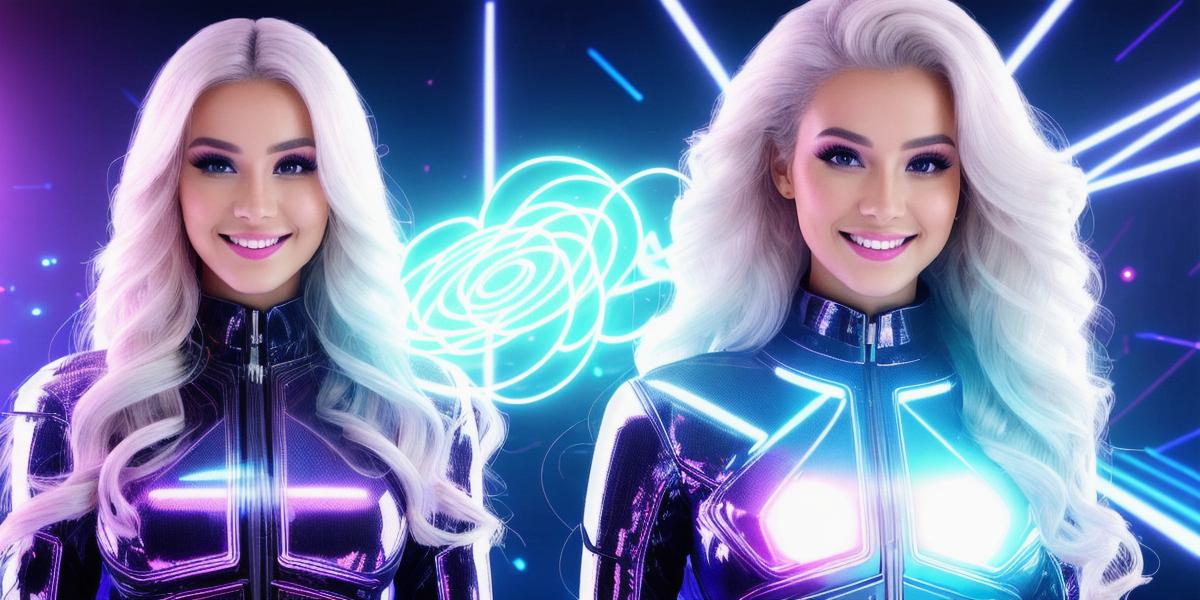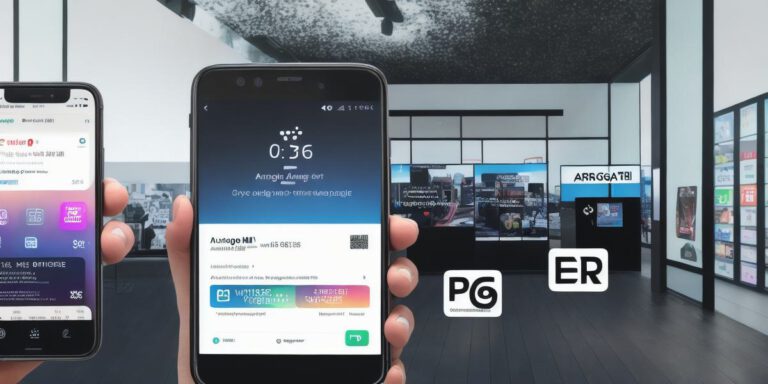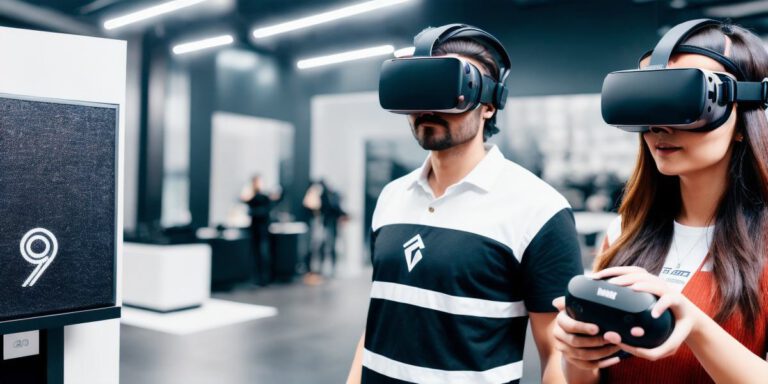The Rise of Virtual Influencers: Exploring the Impact and Potential of VR/AR Influencer Marketing

In recent years, the world of influencer marketing has grown exponentially, with social media platforms like Instagram and TikTok becoming breeding grounds for micro-influencers, macro-influencers, and everything in between. However, as technology continues to evolve, the way we interact with influencers is also changing. Virtual reality (VR) and augmented reality (AR) are quickly transforming the world of influencer marketing, opening up new opportunities for brands and content creators alike.
In this article, we’ll explore the impact and potential of VR/AR influencer marketing, including case studies and real-life examples to illustrate the benefits of this innovative approach. We’ll also discuss how you can get started with VR/AR influencer marketing, and answer some frequently asked questions to help you better understand this exciting new trend.
What is VR/AR Influencer Marketing?
Virtual reality and augmented reality are two of the most promising technologies of our time. VR creates an immersive experience that simulates a physical environment, while AR overlaays digital content onto the real world. Both technologies have the potential to revolutionize influencer marketing by enabling brands to create highly engaging and interactive experiences for their audiences.
With VR/AR influencer marketing, influencers can create immersive experiences that allow their followers to step into their shoes and explore new worlds or products in a way that wasn’t possible before. For example, an influencer could create a virtual tour of a new city or product, allowing their followers to experience it firsthand from the comfort of their own homes.
The Benefits of VR/AR Influencer Marketing
There are several reasons why VR/AR influencer marketing is becoming increasingly popular. First and foremost, it offers a level of engagement that traditional social media posts can’t match. By allowing followers to step into an immersive environment, influencers can create a more memorable experience that will keep their followers coming back for more.
Second, VR/AR influencer marketing allows brands to reach new audiences. With virtual reality technology, for example, brands can create experiences that are accessible to people all over the world, regardless of where they are located. This opens up new opportunities for brands to connect with consumers who might not have been reachable before.
Finally, VR/AR influencer marketing can be highly effective in driving sales and conversions. By creating an immersive experience that allows followers to see products in action or try them out before making a purchase, influencers can help drive more sales for their clients.
Real-Life Examples of VR/AR Influencer Marketing
There are already several successful examples of VR/AR influencer marketing in the wild. One of the most well-known is the work of the virtual reality influencer, "The VR Girl." The VR Girl has over 7 million followers on Instagram and has created a number of highly engaging virtual experiences for her audience, including a virtual tour of Paris and a virtual shopping experience at the Gucci store.
Another example is the work of the augmented reality influencer, "The Snapchat Artist." The Snapchat Artist uses AR to create unique art installations that blend digital content with the real world, creating highly engaging experiences for her followers.
Getting Started with VR/AR Influencer Marketing
If you’re interested in getting started with VR/AR influencer marketing, there are a few key things you should keep in mind. First, you’ll need to invest in the necessary equipment, including a virtual reality headset or an augmented reality app. There are also a number of software tools available that can help you create immersive experiences, such as Unity and Unreal Engine.








